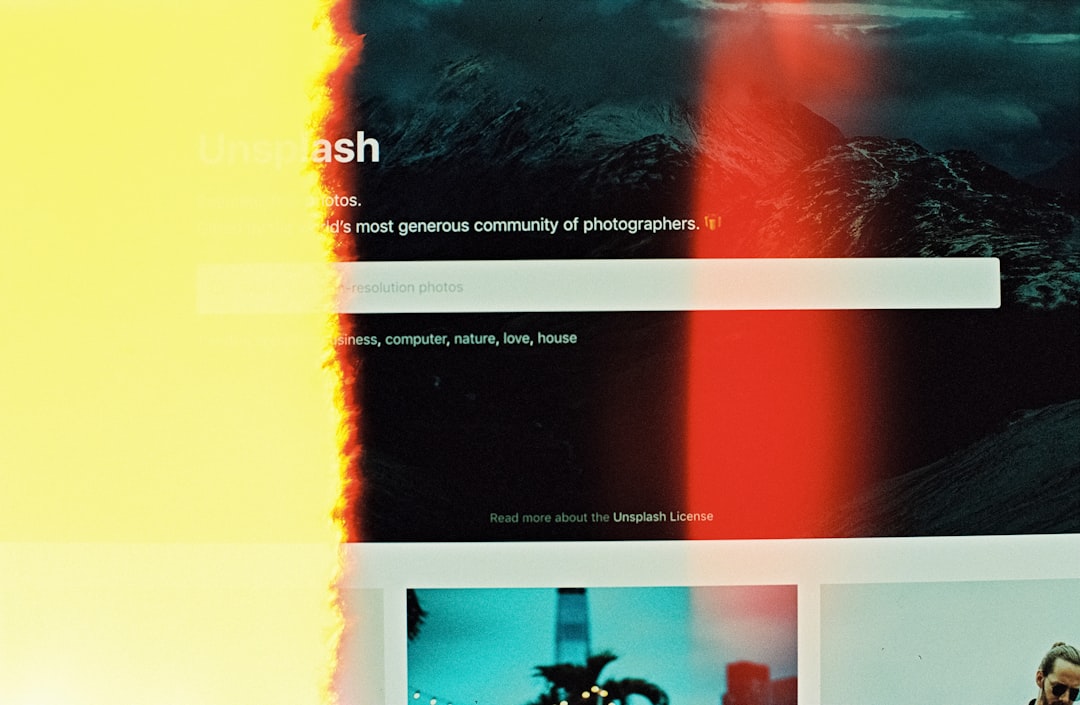Coming up with a new SaaS (Software as a Service) idea can be a daunting task. Whether you’re a seasoned tech entrepreneur or a budding startup founder, finding that exciting, novel idea that actually solves a problem people care about is no easy feat. However, inspiration doesn’t always arise from hours of brainstorming. Sometimes, it strikes when we least expect it — especially when nudged by creativity tools like a random website generator.
Random website generators are seemingly playful tools that many overlook. But when used thoughtfully, these tools can serve as powerful springboards for innovative SaaS applications. In this article, we will explore what random website generators are, how they work, and most importantly, how they can be utilized to spark new SaaS ideas that could emerge as successful businesses.
What is a Random Website Generator?
A random website generator is a tool that displays an assortment of random websites at the click of a button. These could be personal blogs, niche services, outdated eCommerce pages, or totally bizarre passion projects. The websites are usually curated or scraped from the public internet and shown in an unpredictable sequence to the user.
Some of these tools also allow you to filter by certain parameters, such as domain extension, popularity, or category. Their primary function is exploration — to help you discover sites you would never find using traditional search engines.

Why Use a Random Website Generator for SaaS Inspiration?
At first glance, it may seem like a waste of time to click through hundreds of unrelated sites. But here’s why this unconventional method works:
- Diversified Exposure: You encounter a variety of online ventures — big, small, successful, and failed — giving you insight into niches you didn’t know existed.
- Trendspotting: Certain themes and services often repeat, helping you identify patterns worth exploring further.
- Creativity Boost: The randomness introduces an element of serendipity, encouraging lateral thinking and wild ideas that can be refined into practical applications.
By juxtaposing or combining ideas from seemingly unrelated sites, you might stumble upon unique SaaS niches. For example, a website promoting artisanal honey might spark an idea for a SaaS platform that helps local food artisans manage subscriptions and shipping logistics.
Popular Random Website Generator Tools
Here’s a list of well-known random website generators that are particularly useful for idea mining:
- StumbleUpon (now Mix.com): A curated discovery engine that exposes you to new websites based on your interests.
- The Useless Web: A humorous but surprising source of quirky, single-purpose websites that might ignite a creative spark.
- Websurf.io: A tool that lets you “surf” random sites using real browser sessions, often uncovering odd or unexplored parts of the internet.
- Boredbutton.com: While more entertainment-focused, it redirects users to a series of random interactive sites — great for user interaction ideas.
- RandomWebsite.com: As the name suggests, it pulls a truly random website from a large database. You never know what you’ll land on.
Using a variety of generators increases the diversity of exposure and the likelihood of encountering something truly novel.
Translating Website Discovery into SaaS Opportunities
Finding a random, quirky website is just the beginning. The key lies in recognizing opportunities hidden in the noise. Here’s how you can filter inspiration into practical SaaS ideas:
1. Identify a Pain Point
As you browse, ask questions like:
- What is the site’s purpose?
- Is there a problem being solved?
- Can the solution be improved or enhanced through automation?
Even if the website doesn’t directly address a commercial problem, you might observe a user behavior that reveals an inefficiency.
2. Find Patterns in Formats or Services
After a while, you may notice recurring types of tools — countdown timers, personal expense trackers, niche forum communities. These formats may indicate demand across various domains.
3. Validate and Expand
Once an idea strikes, research its market feasibility. Check forums like Indie Hackers, Product Hunt, and Reddit communities for user discussions. Tools like Google Trends and Ahrefs can give insight into search demand and competition.
Here are three example ideas derived from using such tools:
- AI Bio Generator: Inspired by quirky portfolio websites, a SaaS tool that auto-generates a professional bio for social media, resumes, and personal sites.
- Remote Desk Organizer: After seeing a site for digital planners, imagine a SaaS that gamifies remote workspaces via virtual desk spaces for teams.
- Subscription Manager for Hobby Clubs: Noting a cluster of mini-club websites, this tool helps hobbyists charge members, send newsletters, and sync events.

Enhancing Your Process: Combine with Other Tools
The power of a random website generator amplifies when combined with other innovation tools. Here are a few suggestions:
- Use GPT-based prompts: Input what you’ve discovered into AI tools like ChatGPT or Claude and ask for potential business models or use cases.
- Mind Mapping Tools: Platforms like Miro or MindMeister can help visualize how scattered ideas could connect into a unified business concept.
- Market Research Databases: Sites like Exploding Topics or Statista can validate emerging interests related to your idea trail.
This multi-tool approach merges randomness with structured thinking, building a bridge from chaotic input to strategic output.
Tips for Productive Exploration
To make your exploration sessions more fruitful, keep the following tips in mind:
- Set a Time Cap: Don’t get lost in the randomness. Allocate 30-60 minutes, then reflect and jot down useful findings.
- Use a Swipe File: Create a digital folder (Notion, Google Docs, or even Trello) where you save interesting websites or screenshots.
- Reverse Engineer: Analyze how existing tools work behind the scenes. What tech stack do they use? What are the revenue models?
As you repeat this process over time, it will train your mind to see innovation potential where others see mere novelty.
Potential Niche Markets Hidden in the Noise
Among the millions of websites on the internet are hidden goldmines — untapped or underserved software opportunities waiting to be discovered. Examples include:
- Church bulletin design platforms
- Professional obituary writers
- Hyper-local weather update sharing tools
- Virtual craft fair platforms for artisans
All of these originate from niche communities found via random websites but can be scaled through the SaaS model.
Conclusion: Embrace the Chaos
Sometimes, answers don’t come from a perfect business canvas or a meticulously written market analysis. They come from strange, sometimes hilarious, corners of the internet. Random website generators offer not just entertainment, but a structured way to step outside the echo chambers of conventional ideation. They help you become more curious, more observant, and ultimately, more innovative.
So next time you’re stuck in the classic “what SaaS should I build?” loop, take a break. Click that “Take me to a random website” button. You just might stumble upon your next big idea.



